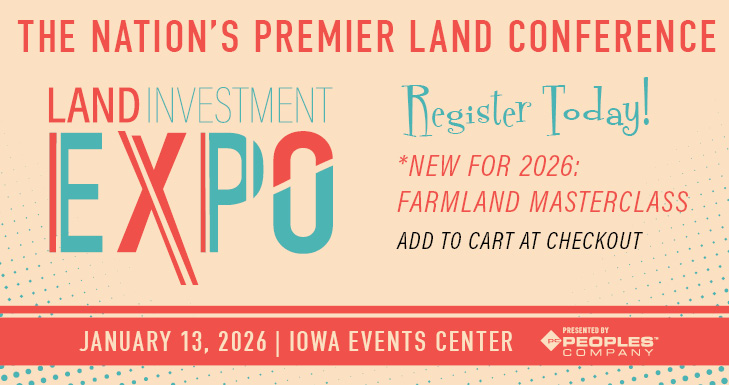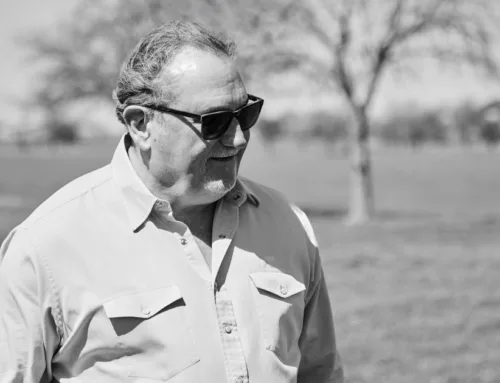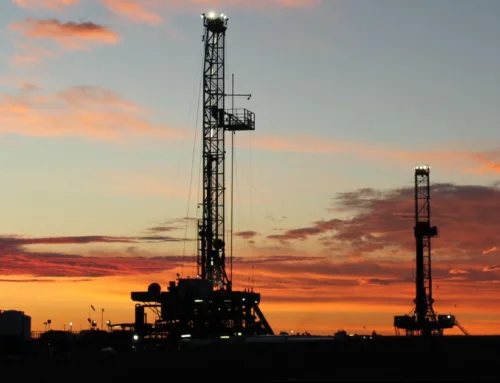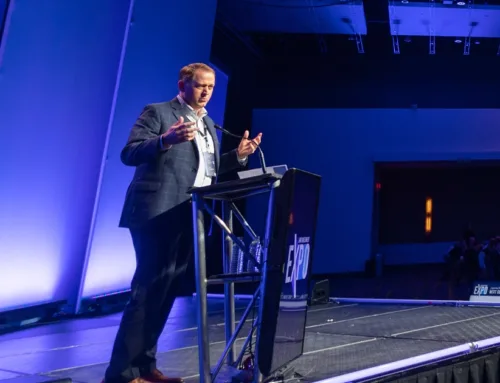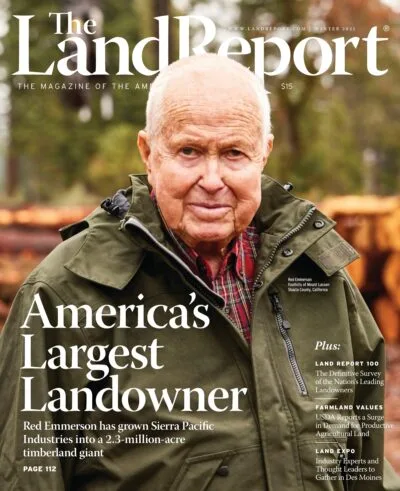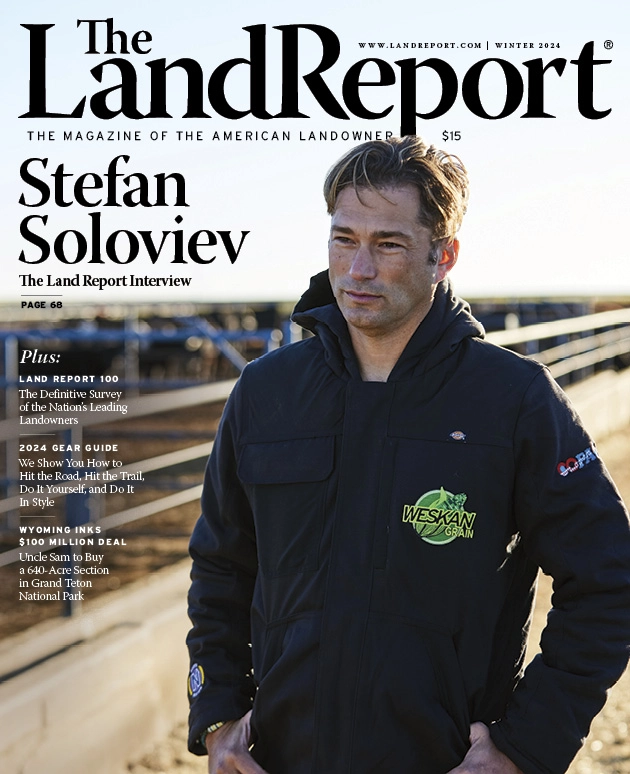Legacy Landowners: The Salazar Family
Legacy Landowners: The Salazar Family
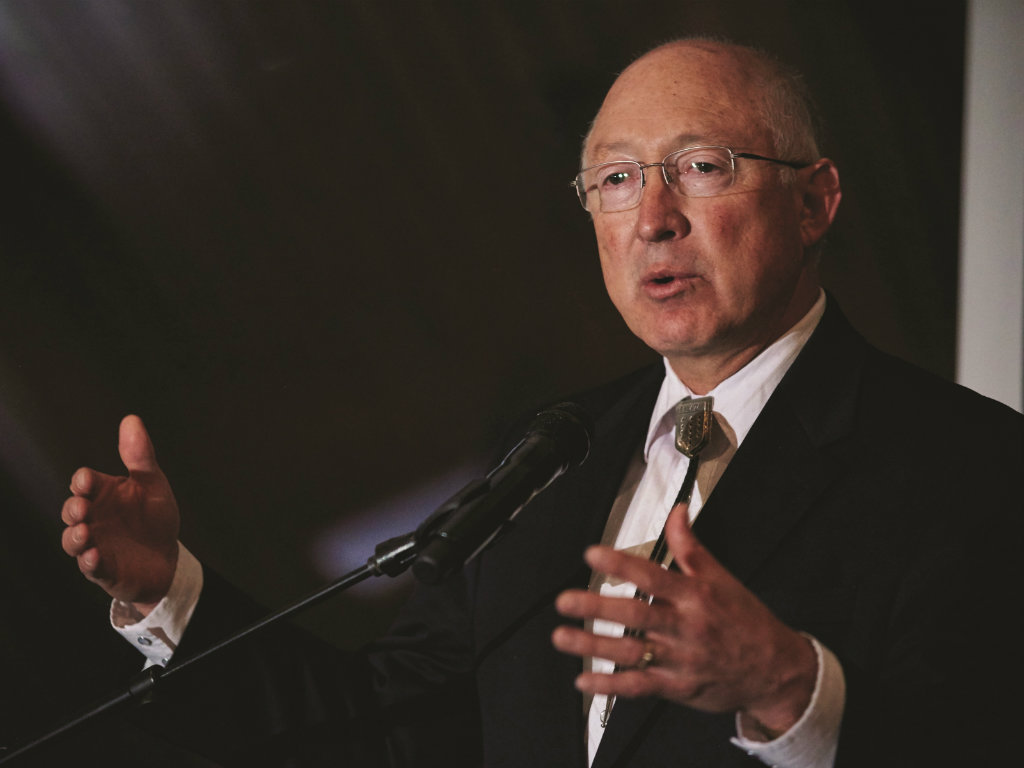
KenSalazar_fi
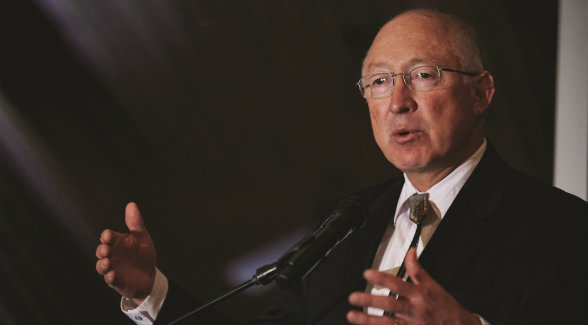
The Land Report 2015 Legacy Landowner Award was bestowed upon the family and the forefathers of former Interior Secretary Ken Salazar. The following are condensed excerpts from Secretary Salazar’s keynote address at the 2015 Land Report Aspen Summit.
My great-grandfather and grandmother 12 generations ago founded the city of Holy Faith, the city now known as Santa Fe, New Mexico, more than four centuries ago. So for four centuries, they lived off the land. They made a living off ranching and farming on the banks of the Rio Grande River moving north, and then, after the Mexican-American War and the Treaty of Guadalupe Hidalgo, moving into what is now the San Luis Valley and being a part of the same farm and the same ranch that we have had in our family for a very long time.
If you step out of my parents’ home, the place where I grew up, you can look out to the east and you see the beautiful mountains that are called the Sangre de Cristos — the Blood of Christ mountains. If you look to the west, you can see where the sun sets. Those mountains are also 14,000-foot peaks. They’re called the San Juan Mountains, named after St. John the Baptist — the name of my father; of my grandfather, Juan; and the name of my brother John, who represented the 3rd Congressional District. If you look at the rivers that traverse a part of our ranch, they are named the Rio San Antonio, for St. Anthony, and the Rio Grande, the great river. Those are all places that are so etched in my mind and my life and my heart that there is no place like it anywhere in the world.
Our place is old, but it is not large. In fact, when I was growing up, it was a very small place because we had lost a lot of it during the Depression. Our ranch was at the time only about 250 acres. We raised cattle, and we had a small herd of sheep. Today, it’s a little larger because my brothers mostly have done a wonderful job of assembling a much larger landholding today.
I grew up poor. I grew up at a time when in the valley, in my valley, we did not have electricity, and we did not have a telephone at our home. So as I was growing up in the late 1950s and the early 1960s, what I knew about the world was very limited. I knew it in part through my mother’s eyes and my father’s eyes. I had not been to a place that had lights like Denver. I think I made it to Pueblo when I was in eighth grade.
But through the eyes of those parents of mine — who were part of that greatest generation that Tom Brokaw has written much about — I was able to see the world beyond the world that I saw. My father had been a very proud soldier in World War II. He was working at the Pentagon and then went to Hawaii to try to rebuild that state after the bombing of Pearl Harbor. I was able to see this patriotism for the United States of America that I think all of us share. But most of us see it through our family and those who have gotten us where we are today.
So in 2001, my father died at the age of 86. To him, the most important thing in terms of his funeral service was that he be buried in his uniform of World War II. So we honored that wish.
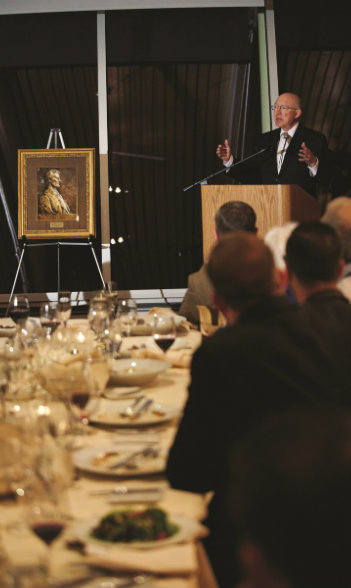 I always thought about how that passion really fueled what I and my brothers and sisters became in this country.
I always thought about how that passion really fueled what I and my brothers and sisters became in this country.During that same time in the 1940s, my mother had come to a family ranch northwest of Albuquerque. It’s a place that they used to refer to as San Miguel. There was no post office, but it was a significant ranch, which her family had had for generations as well.
I think of her tonight as she struggled with her life. I think about how this young woman’s courage — at the age of 19 getting on a train close to Albuquerque, New Mexico, and taking that train all the way across the United States of America to Washington, D.C., and ending up at Union Station and getting off the train at Union Station.
She went to work at the War Department where other people from the Southwest were going to work because we were involved in the great cause for freedom. And then she helped open and change the name from the War Department to the Department of Defense and helped move the command of the United States military into the Pentagon in the 1940s. She was there from 1941 until 1946.
So everything that I am about today and the things that I have done, I think back to those generations that came before me, including my father and my mother. And I remember growing up in a very special place where I know the fence posts and I know the cattle guards and I know the trees and I know the rivers and I know the stones.
It was that place that made me everything who I am today. We didn’t have the great things that most of the kids in the city had, but our parents instilled in us the sense that anything was possible in America because they believed in this country. They believed that somehow if you worked hard, if you played by the rules, if you got a good education, if you took pride in your sense of place, that anything was possible in these United States of America.
I had the great honor in 1998 to be elected as attorney general of the great State of Colorado. I had the great honor in 2004 to be elected as the United States senator of this state. And then I had the great honor to serve this country on the Cabinet as the Secretary of the Interior.
In all that journey, it’s been a celebration of life rooted to the land, water, place, the mountains, the people, the community. That’s what I learned to cherish and always to try to live out my values. And that’s what you are doing here tonight with The Land Report and with all of you who are landowners.
I’ll pause to make a comment about somebody who is in the audience tonight, and it’s Mary Conover. She and her family own a ranch not too far from here on the Western Slope. [Mary’s father] is a gentleman by the name of John Warner, who is a former Secretary of the Navy and a former United States senator. He served in the Senate for more than 30 years and was my mentor. In some ways, he was my surrogate father when I got to the Senate because he took me all over the world and he taught me about the pride of being a public servant and the pride of being a senator. And I never got tired of working with him.
He was a Republican, and I a Democrat. Today still, he and I frankly communicate and have lots of things that we have done together. And I say that not only, Mary, because I wanted you to tell my good friend Senator John Warner how much I love him, but also say it because he was the kind of person and is the kind of person that I think the country needs more and more. The kind of person who brings people together.
It doesn’t matter whether you’re a Democrat or a Republican when it comes down to how we take care of our wonderful rivers and how we deal with the future of our planet. You’ve got to find a way of working together. And there were two no greater Senators than Senator John Warner and Senator Danny Inouye, a Democrat from Hawaii.
They both served for a long time and defended this country in very important positions. They taught me a lot about the importance of bringing people together, which I think is something that this county today is so much in need of.

